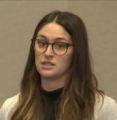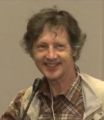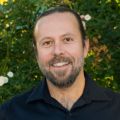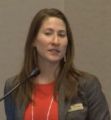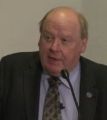YOUTUBE VIDEO: “Through Project 2000, we raised awareness of the watersheds where people in Nanaimo live; and we provided space for people to take streamkeeper workshops and become activated as stewards,” stated Paul Chapman, when he provided historical context for the work of the Nanaimo & Area Land Trust
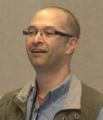
“From the beginning, water has been an important piece of NALT’s concerns. That started with Project 2000 and the Stream Team more than two decades ago. These initiatives covered 17 creeks in the Nanaimo area,” stated Paul Chapman. “As recently as the mid-1990s, the connection had still not been made by the community between storm drains and the creekshed. We all live in a creekshed, and we need to think about that. Project 2000 was about community engagement, empowerment and activation.”



